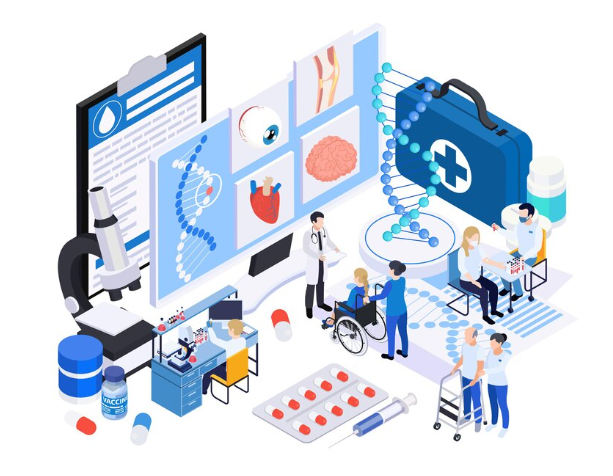In the complex world of healthcare, two crucial components play a significant role in shaping the landscape: Interactive Web Response Systems (IWRS) and Health Economics and Outcomes Research (HEOR). While these may seem like disparate entities, their intersection holds immense potential for revolutionizing clinical trials and healthcare delivery.
IWRS, also known as Interactive Voice/Web Response Systems, are technological platforms designed to streamline and automate various aspects of clinical trials. These systems allow for real-time management of patient randomization, drug dispensation, and data collection, among other functionalities. By leveraging IWRS, researchers can efficiently allocate resources, monitor patient progress, and ensure compliance with study protocols.
On the other hand, HEOR focuses on evaluating the economic and clinical outcomes of healthcare interventions. This field encompasses a range of methodologies, including cost-effectiveness analyses, health-related quality-of-life assessments, and patient-reported outcomes research. By examining the value of healthcare interventions, HEOR helps stakeholders make informed decisions regarding resource allocation, reimbursement policies, and treatment strategies.
The integration of IWRS and HEOR holds immense potential for optimizing clinical trial design and healthcare delivery. One area where this synergy is particularly evident is in patient recruitment and retention. By leveraging IWRS capabilities, researchers can implement dynamic randomization strategies, adaptive trial designs, and personalized treatment regimens, thereby enhancing patient engagement and retention rates.
Additionally, HEOR methodologies can provide valuable insights into the economic and clinical impact of different recruitment and retention strategies. By conducting economic evaluations alongside clinical trials, researchers can assess the cost-effectiveness of interventions aimed at improving patient recruitment and retention, ultimately informing decision-making and resource allocation.
Furthermore, IWRS and HEOR can play a crucial role in post-marketing surveillance and pharmacovigilance. By integrating real-world data captured through IWRS with HEOR analyses, researchers can assess the long-term safety, effectiveness, and economic impact of healthcare interventions in real-world settings. This comprehensive approach enables stakeholders to make data-driven decisions regarding drug safety, reimbursement policies, and healthcare resource allocation.
Moreover, the integration of IWRS and HEOR has the potential to revolutionize value-based healthcare delivery. By combining the real-time data capture and analysis capabilities of IWRS with HEOR methodologies, healthcare providers can evaluate the cost-effectiveness and clinical outcomes of different treatment strategies, thereby optimizing resource allocation and improving patient outcomes.
In conclusion, the convergence of IWRS and HEOR represents a significant opportunity for transforming clinical trials and healthcare delivery. By leveraging the capabilities of IWRS for real-time data capture and management and integrating HEOR methodologies for economic and clinical outcomes evaluation, stakeholders can make informed decisions regarding drug development, treatment strategies, and healthcare resource allocation. As the healthcare landscape continues to evolve, the integration of IWRS and HEOR will play an increasingly important role in shaping the future of healthcare delivery and patient care.





Comments